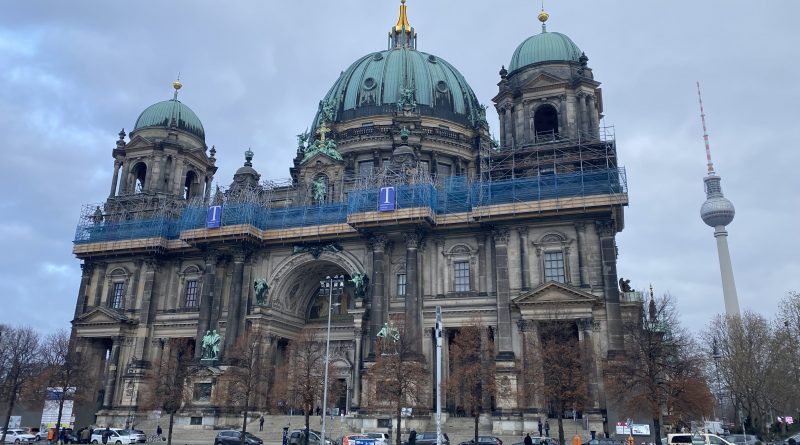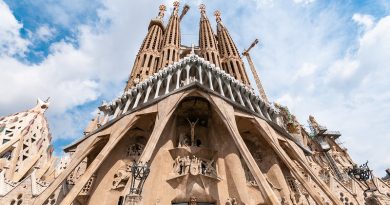The German Empire
In the heart of Berlin stands the Brandenburg Gate constructed in 1791. It was commissioned by Frederick William II of Prussia to represent peace after a long period of war in Northern Europe. and was originally named the Peace Gate.
It sits at the monumental head and entry point of the city’s grand avenue , Unter den Linden along which many of the city’s most historic builldings are situated.
During the division of Berlin in the Cold War many of these buildings were in the old east Berlin . Since re unification this part of the city has been given a new lease of life.
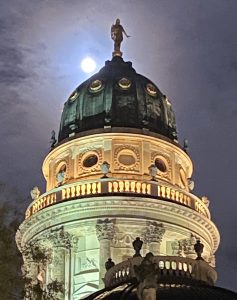 Many of the buildings date from the days of the German Empire in the second half of the 19th century They include some neo classical and neo gothic masterpieces in the area known as Museum Island where Germany’s most famous 19th century architect, Karl Freiddich Schinkel has left numerous buildings including the glorious Altes Museum.
Many of the buildings date from the days of the German Empire in the second half of the 19th century They include some neo classical and neo gothic masterpieces in the area known as Museum Island where Germany’s most famous 19th century architect, Karl Freiddich Schinkel has left numerous buildings including the glorious Altes Museum.
Nearby is the Bodes Museum overlooked by the giant telecommunications tower modelled on Soviet designs and erected in the 1960s as a symbol of Communist power and achievement.
Among other 19th century architecture that survives are the buildings of the Humboldt University named after the famous German explorer.
Nearby is the newly renovated Reichstag , home of the German Parliament, build in 1871 celebrate German unity . It too was situated in East Berlin.
It was formed when south German states joined the northern states .The title of German Emperor was given to Wilhelm I, King of Prussia
Berlin remained its capital, and Otto von Bismarck, Minister President of Prussia, became Chancellor, the head of government.
Prussia contained about two-thirds of the Empire’s population and territory, and Prussian dominance was also constitutionally established, since the King of Prussia was also the German Emperor
Industrialisation
After 1850, the states of Germany had rapidly become industrialized, with particular strengths in coal, iron , steel production , chemicals, and railways. In 1871, Germany had a population of 41 million people; by 1913, this had increased to 68 million. A heavily rural collection of states in 1815, the now united Germany became predominantly urban.
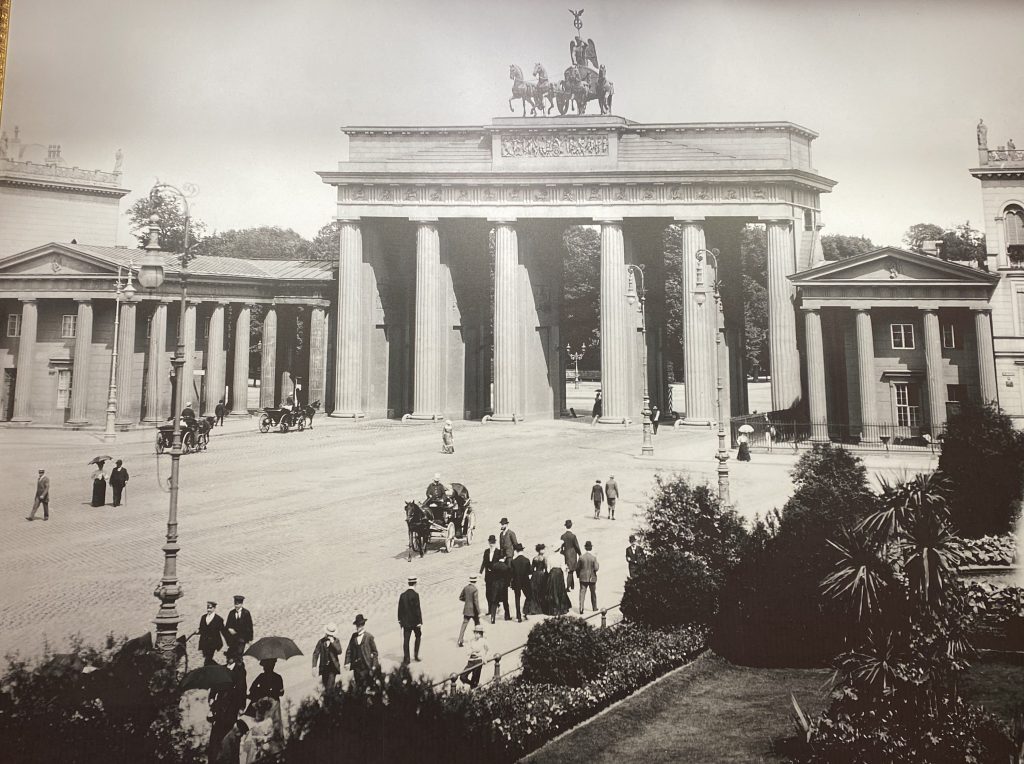 German industrialization made German factories larger and more modern than their British and French counterparts.
German industrialization made German factories larger and more modern than their British and French counterparts.
The German Empire also dominated in the natural sciences, especially in physics and chemistry, where a third of all Nobel Prizes went to German inventors and researchers. During its 47 years of existence, the German Empire became the industrial, technological, and scientific giant of Europe, and by 1913, Germany was the largest economy in Continental Europe and the third-largest in the world.
Germany built up the longest railway network of Europe, the world’s strongest army,and it’s second biggest navy after Britain .
Bismark- The Iron Chancellor
From 1871 to 1890, Otto von Bismarck’s tenure as the first and to this day longest-serving Chancellor was marked by relative liberalism . Despite his hatred of liberalism and socialism – he called liberals and socialists “enemies of the Reich” – social programs introduced by Bismarck included old-age pensions, accident insurance, medical care and unemployment insurance, all aspects of the modern European welfare state.
Late in Bismarck’s chancellorship and in spite of his earlier personal opposition, Germany became involved in colonialism. Claiming much of the leftover territory that was yet unclaimed in the Scramble for Africa, it managed to build the third-largest colonial empire at the time, after the British and the French ones.
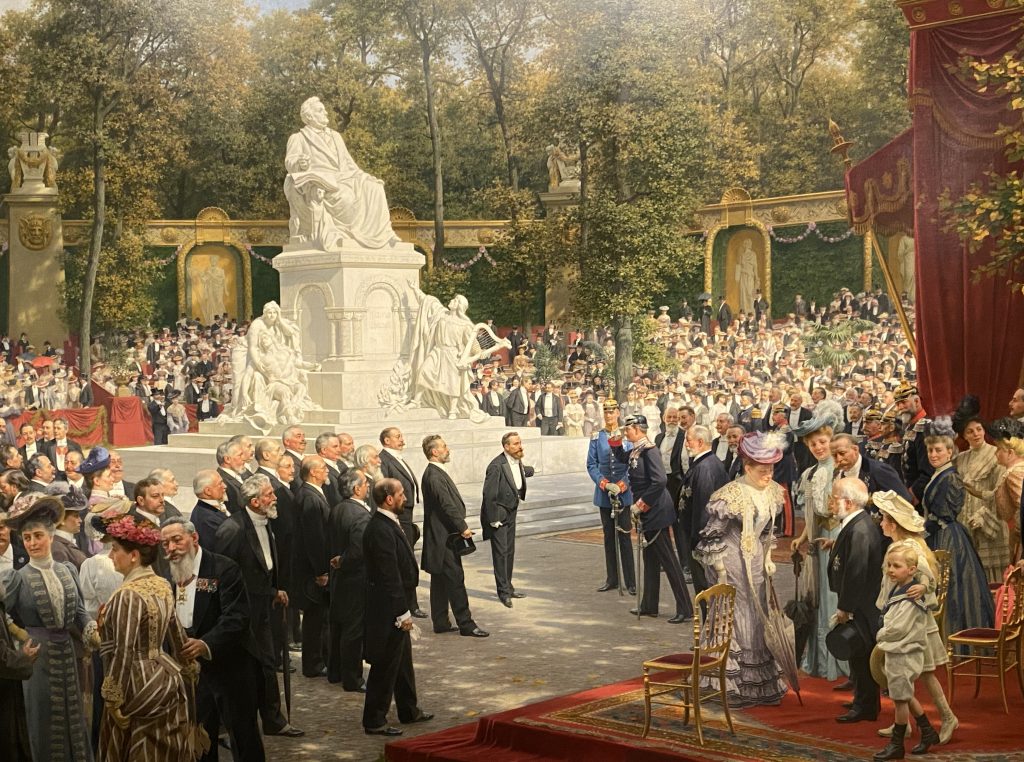
War and Ruins
After the removal of Bismarck by Wilhelm II in 1890, the empire embarked on a bellicose new course that ultimately contributed to the outbreak of World War I.
Bismarck’s successors were incapable of maintaining their predecessor’s complex, shifting, and overlapping alliances which had kept Germany from being diplomatically isolated .
The empire collapsed in the November 1918 Revolution with the abdications of its monarch, which left the post-war federal republic to govern a devastated populace. The Treaty of Versailles imposed post-war reparation costs of 132 billion gold marks (around US$269 billion or €240 billion in 2019, or roughly US$32 billion in 1921),as well as limiting the army to 100,000 men and disallowing conscription, armored vehicles, submarines, aircraft, and more than six battleships.
The consequential economic devastation, later exacerbated by the Great Depression, as well as humiliation and outrage experienced by the German population are considered leading factors in the rise of Adolf Hitler and Nazism.

